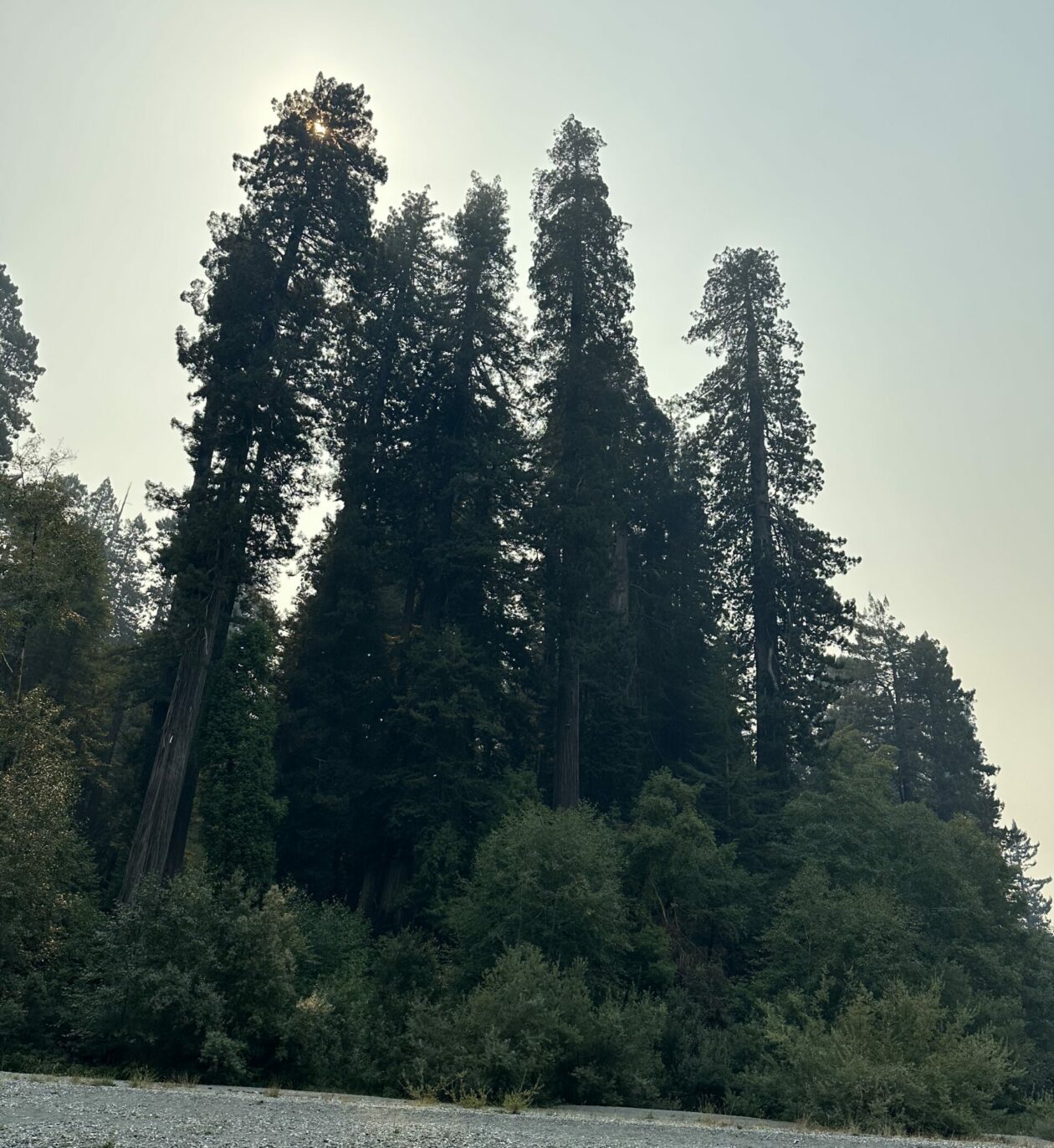Coast Redwood Parks provides a brief description, photos, and a few short videos from coast redwood parks, reserves, and forests I have visited from 2014 thru 2023.
A Tall Tree List gives counts of coast redwoods over 370 feet tall in Humboldt Redwoods State Park and Redwood National Park.
Population Summary for Redwood Trees Over 100 Meters in Height is a table describing the general location and LiDAR indicated counts of coast redwood trees at least 100 meters in height.
Contact Information provides a contact email address.
An Important Note on Hiking Dangers is just what it says. Any hike can lead to serious injury or death, from a multitude of causes, including falls, dropping branches or trees, and health related issues.
Sworn Statement is stating I don’t create or feed information to a particular website which is mentioned in the statement.
Thank you for visiting this website.
